Advertisement
It’s commonly mistaken for obesity
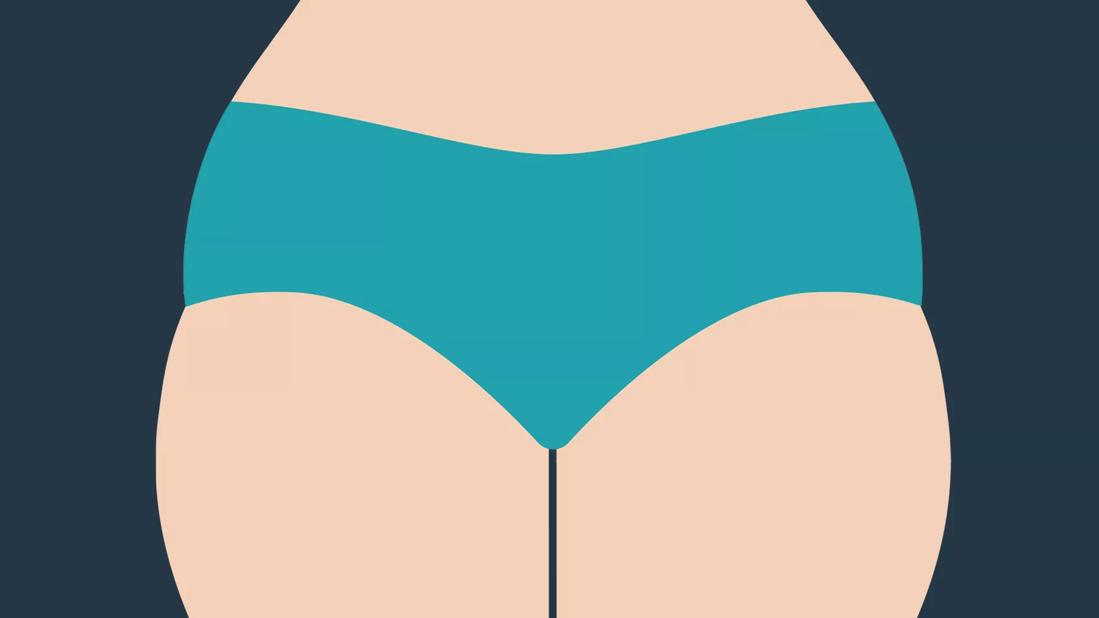
Lipedema: No, it’s not a typo. It’s a real condition that’s often overlooked or confused with lymphedema. And its hallmark is the development of too much fat below the waist.
Advertisement
Cleveland Clinic is a non-profit academic medical center. Advertising on our site helps support our mission. We do not endorse non-Cleveland Clinic products or services. Policy
“Because women with lipedema are often overweight, doctors are often dismissive,” says vascular medicine specialist John R. Bartholomew, MD. But lipedema is not obesity, and it’s not always a woman’s fault that she has it.
“Doctors often don’t understand that exercising and dieting won’t get rid of this lipedema fat,” he says.
Lipedema means “fluid in the fat” and is sometimes known as the painful fat disorder. It causes excessive fat deposits on the legs, thighs and buttocks and upper arms.
“Women with lipedema frequently feel like they have two bodies,” Dr. Bartholomew explains. “They may have a typical upper body, chest and abdomen. But at their waist and below, their lower half is out of proportion to their upper half. They often have difficulty finding clothes that fit because it’s like they are two different people.”
It occurs almost exclusively in women and begins:
While doctors first recognized lipedema in the 1940s, experts still don’t know what causes it. “We think there may be a gene because it does seem to run in families,” Dr. Bartholomew says. “Often, I’ll ask a woman if her mother or other females in her family had a similar body shape.”
Lipedema isn’t rare, but it’s rarely diagnosed, Dr. Bartholomew points out: “Doctors don’t know about lipedema — it’s that simple.”
Yet there are many telltale symptoms, including:
“Most doctors think obesity, heart failure, kidney failure, liver disease, thyroid problems or medications cause the leg swelling,” Dr. Bartholomew says. “Or they think it’s lymphedema, which is swelling that usually occurs in one arm or leg.”
While lipedema and lymphedema both do involve swelling, that’s where their similarities end.
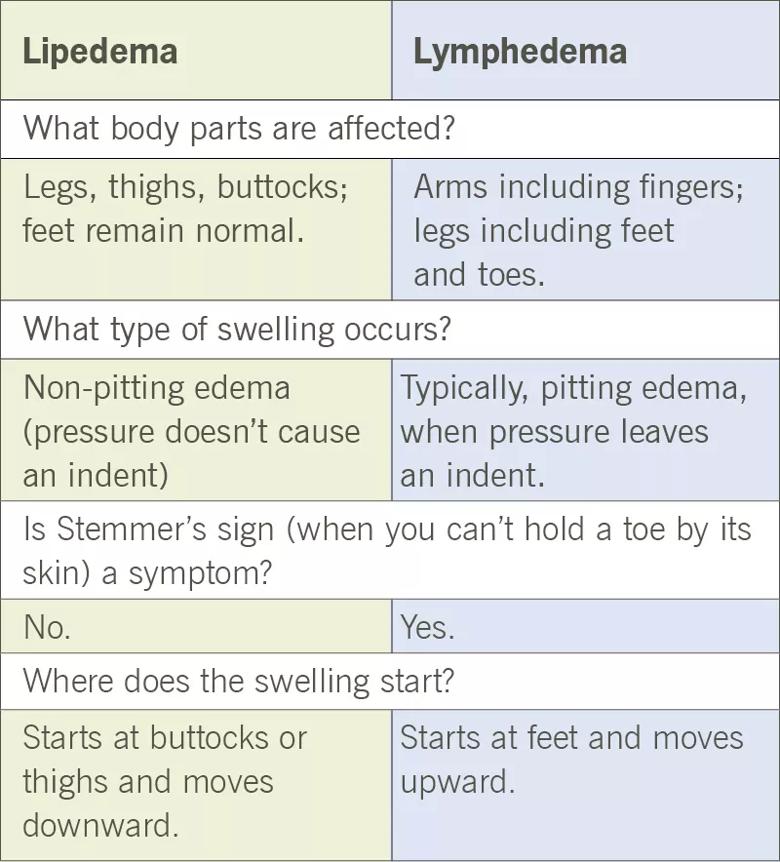
Lymphedema treatments won’t help someone with lipedema, so a correct diagnosis is crucial. Some patients with lipedema develop secondary lymphedema (referred to as lipo-lymphedema), where fat growth interferes with the lymphatic system. Lymphedema treatments may help some of the symptoms, but it still won’t resolve the lipedema.
While there are no proven medications for lipedema, Dr. Bartholomew says there are some lifestyle changes and treatments that can help:
Advertisement
Dr. Bartholomew also emphasizes that finding emotional support can be huge — especially from other women living with lipedema. To connect with others about the condition, visit:
Lastly, try not to be intimidated by a dismissive doctor. Chances are, the doctor simply doesn’t know what lipedema is.
In those cases, he encourages women to give information about lipedema to their physician. “If you have a physician who is understanding and will look at it, then stay with that physician,” he recommends. “If they tell you, ‘No. You’re just fat and not following your diet,’ get a different doctor.”
Advertisement
Learn more about our editorial process.
Advertisement

You may be more prone to hot flashes if you have anxiety, but hot flashes can also rev up anxiety

The scenarios vary based on how many pills you’ve missed and whether you take a combination pill or progestin-only pill
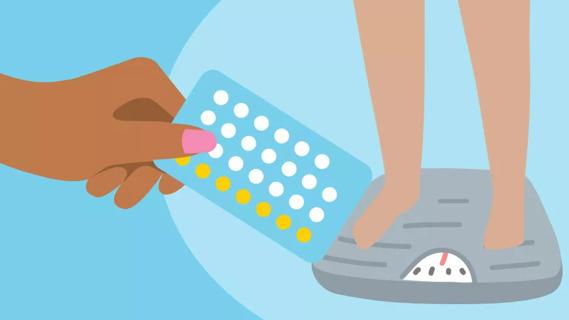
Despite popular opinion, scientific research shows that most birth control methods don’t contribute to weight gain
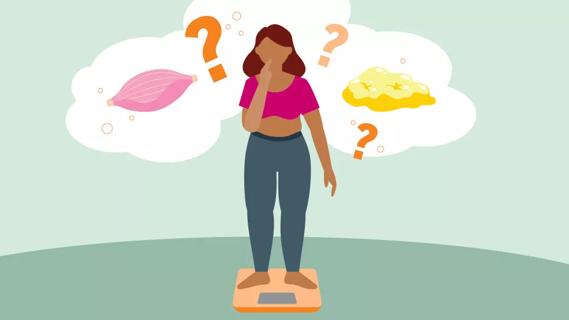
Both are needed for a healthy body

Heat starts in your chest and moves up to your neck and face … and then, the sweating begins
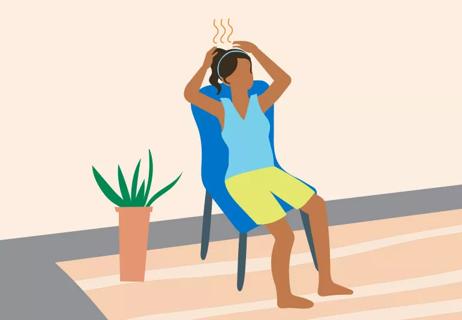
While they may not burn calories or cause fevers, these heat waves can make you miserable — but you don’t have to just grin and bear it!

Taking precautions like eating healthy, stopping smoking and getting regular screenings can help protect against breast cancer

It’s a natural part of aging, starting with perimenopause and eventually leading into postmenopause

Focus on your body’s metabolic set point by eating healthy foods, making exercise a part of your routine and reducing stress

PFAS chemicals may make life easier — but they aren’t always so easy on the human body
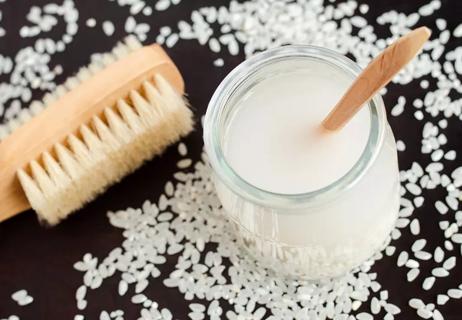
While there’s little risk in trying this hair care treatment, there isn’t much science to back up the claims